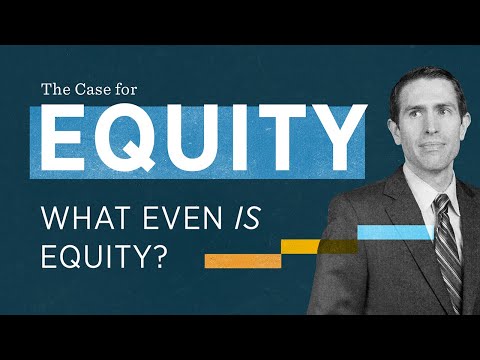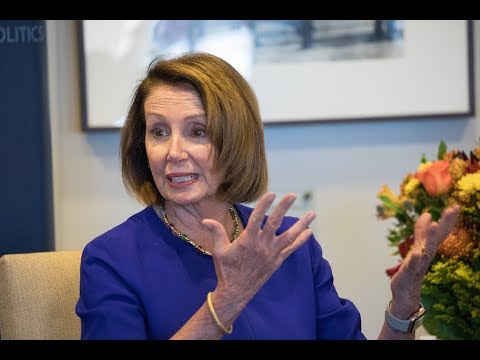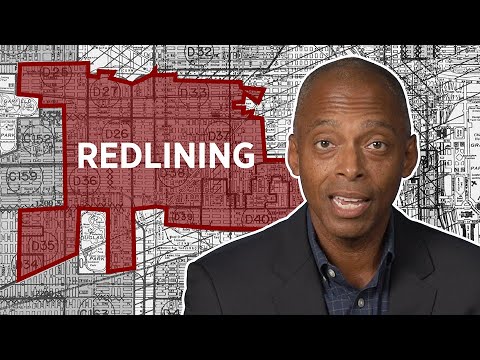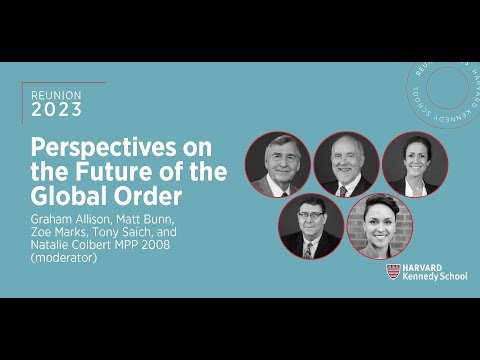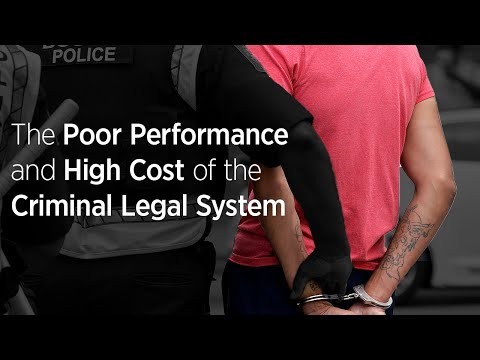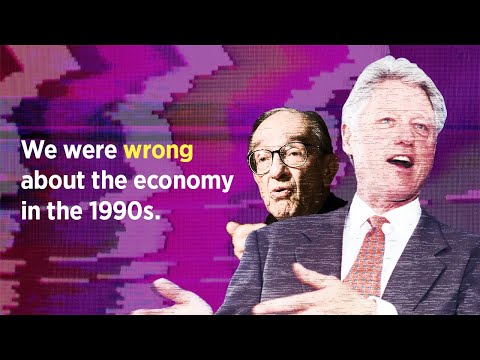How redlining prevented Black and Brown families from becoming home owners
expand_morethumb_upLike
thumb_downDislike
sendShare
library_addSave
flagReport
Harvard Kennedy School check_circle
1K subscribers
The term "redlining" refers to the practice by banks of excluding Black and Brown Americans from receiving loans to buy homes and make improvements to their communities. Redlining arose during the Great Depression, when the federal government sought to boost homeownership by encouraging banks to lend to more Americans. Many neighborhoods, specifically those with majority Black and Brown residents, were deemed undeserving of these loans. Though redlining was made illegal by the Fair Housing Act, the effects of this practice still reverberate to this day.
In this video, Khalil Gibran Muhammad, Ford Foundation Professor of History, Race, and Public Policy at Harvard Kennedy School and director of the Institutional Antiracism and Accountability Project, provides background on the history and legacy of redlining.
--------------------------
About Harvard Kennedy School:
The John F. Kennedy School of Government at Harvard University is a graduate and professional school that brings together students, scholars, and practitioners who combine thought and action to make the world a better place.
Our mission is to improve public policy and public leadership across the United States and around the world so that people can lead safer, freer, and more prosperous lives. Harvard Kennedy School teaches current and future leaders the skills they need to effectively advance the public purpose in the public, nonprofit, and private sectors. Our renowned faculty and trailblazing research centers pioneer bold new ideas. And as the most international school at Harvard, we convene global leaders in the Forum, host visiting experts in the classroom, and attract a diverse community of faculty, students, and staff.
1
vid:179880
Comments0
unfold_more


